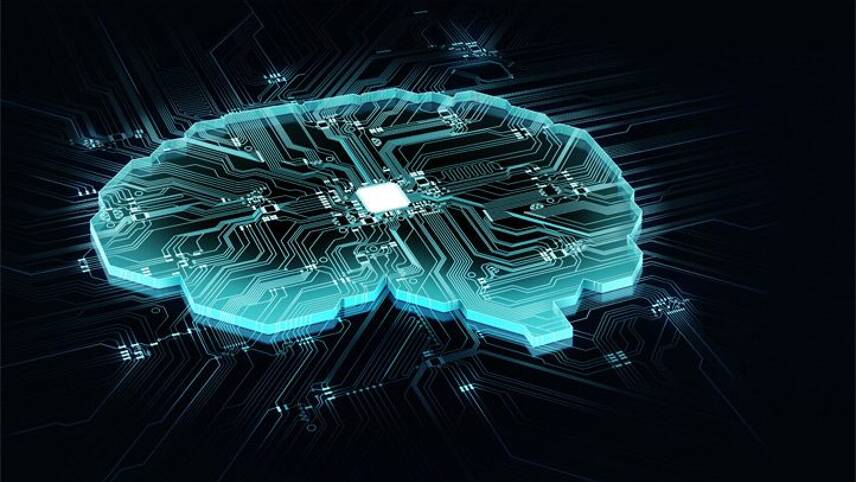Register for free and continue reading
Join our growing army of changemakers and get unlimited access to our premium content

As AI and data software become more intelligent, they are bringing the opportunity for businesses to reimagine how they approach their decarbonisation plans and accelerate towards net zero. It’s surprising then that our ‘Net Zero Navigator’ report, which surveyed 100 sustainability leaders, found that ahead of looming net zero targets, only a fifth (21%) of these leaders have implemented technology like artificial intelligence (AI) and Internet of Things (IoT) into their net zero strategies. Whilst AI and smart analytics have been buzzwords for many years, we’ve only scratched the surface when it comes to realising their full potential to transform decarbonisation projects.
Taking carbon reporting from spreadsheets to dynamic data
With rising costs and businesses’ green agendas, reducing energy consumption is a priority. While it may sound obvious, the first step to reduce energy use is to measure it. Yet, our research revealed that a third (33%) of sustainability leaders don’t feel confident in their ability to predict energy use over the next twelve months, with a similar number (34%) saying that lack of resource is limiting their data collection.
Smart software tools can automate this process and provide decision makers with access to dynamic, detailed carbon data at their fingertips, in near-real time. Particularly as building requirements become more complex, being able to review carbon data across an entire estate, over different time periods, without needing to grapple with manual processes, is supporting businesses with identifying what to prioritise when cutting emissions. This could include switching to cleaner energy at sites where energy use is high or turning off energy intensive equipment in areas of the office on quieter days.
Energising decision-making with renewable energy modelling
Another significant finding from the research was that almost all (97%) of the sustainability leaders said access to capital expenditure is a barrier to their net zero efforts. To help overcome this, we use a specialist renewable energy modelling tool, which determines the environmental benefits and cost implications of different combinations of green solutions like batteries, solar panels or EV chargers. This means organisations can find the right combination of solutions, but crucially, provides all stakeholders, from the facilities management to the finance teams, with solid forecasting on the outcome of each solution, creating a clearer business case.
Connecting with energy independence
Whilst most businesses have implemented green energy solutions, be that EV charging or heat pumps, these ultimately rely on reliable grid connections. However, currently, bureaucratic blockers mean it can take up to a year to get legal approvals in place for a new grid connection.
Microgrids open up the opportunity for businesses to work around these barriers, by delivering surplus power generated on-site back to the grid and receive power from a central source when they need it. AI is key to microgrids working successfully, as it assesses data about energy generation to ensure that supply and demand are well balanced. Whilst microgrids are still developing to be effective at scale, as the technology progresses, the business case for investment in on-site energy generation will grow thanks to the financial benefit of contributing power to the grid.
To put it bluntly, decarbonisation is good for businesses. Not only is there a host of carbon reporting legislation coming down the track which will make transparent reporting mandatory, but an effective net-zero strategy is also high on the agenda for investors, consumers and colleagues. In the interest of both business and wider environmental goals then, we must all embrace innovation and emerging technology to fast track the decarbonisation plans and also in turn support the UK’s net zero goals.



Please login or Register to leave a comment.